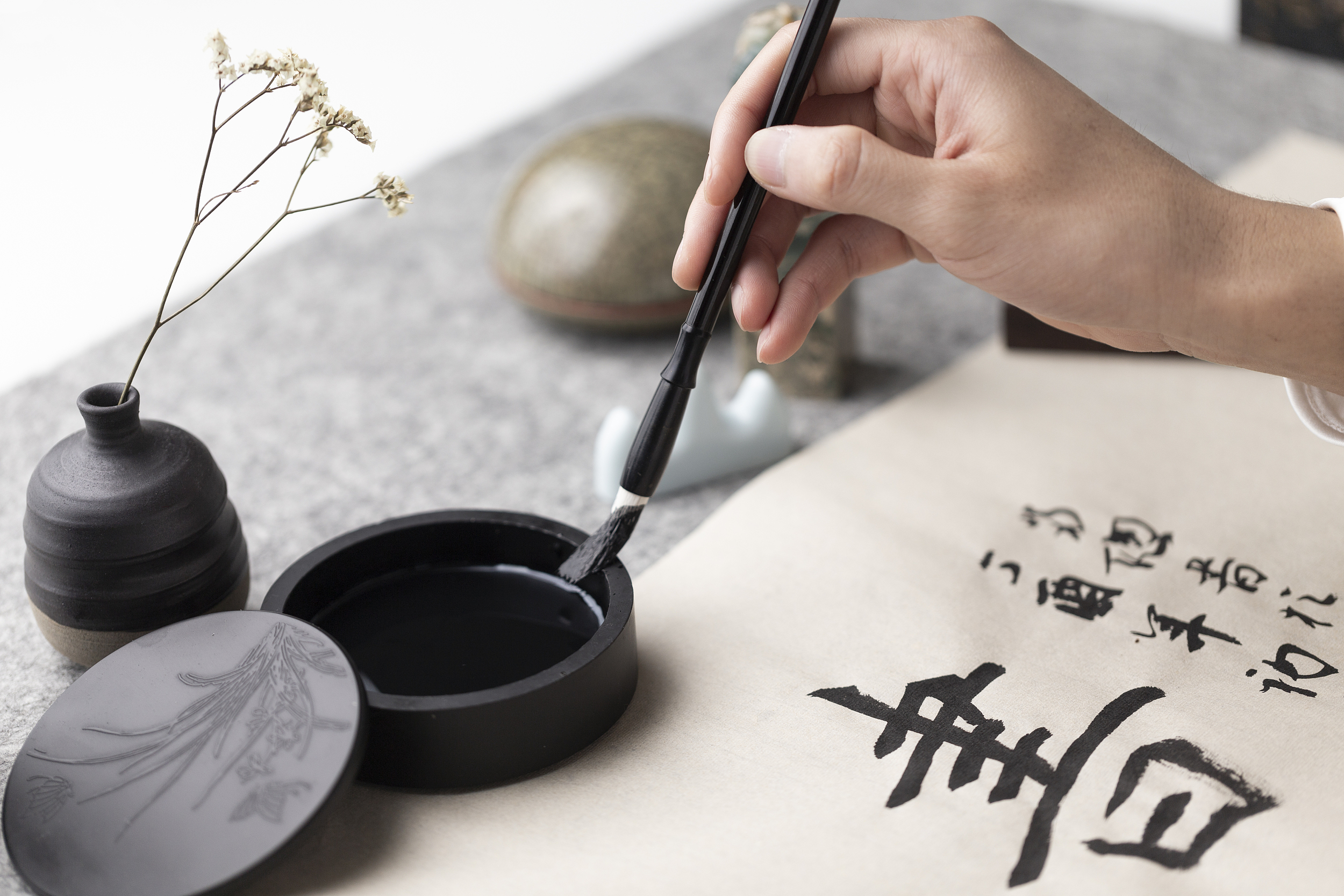Calligraphy, the Eternal Art Form

Chinese calligraphy. (PHOTO:VCG)
By Staff Reporters
In China's past, calligraphy was regarded as more than just a form of art. It was also viewed as a means of self-expression and cultivation, providing a crucial platform for the appreciation of traditional culture and arts education.
In its development process, calligraphers use brushes to write five distinct styles of script, referred to as "seal," "'official," "cursive," "running," and "regular," to record information or create beautiful forms of art works. The art may appear on any writing surface, including natural surfaces like cliff faces, but it is especially prevalent on literary works.
Today, calligraphy is no longer the primary tool of people to conduct their daily work. Instead, it is regarded as an important art form among professional artists and amateur enthusiasts and remains present in China in numerous forms. It helps people to gain a better understanding of Chinese characters and the culture behind them. More importantly, the application and development of calligraphy have influenced contemporary art, architecture and design.
At the opening ceremony of the Beijing Olympic Games 2008, the "Ink Dance" presenting the calligraphy culture was widely applauded worldwide. Additionally, it is utilized in a number of festive activities, such as the writing of Spring Festival couplets.
Overall, calligraphy, in its distinctively Chinese form, is a source of pride and pleasure for the Chinese people, representing significant aspects of China's cultural and artistic heritage. In 2009, Chinese calligraphy was inscribed on UNESCO's Representative List of the Intangible Cultural Heritage of Humanity.


